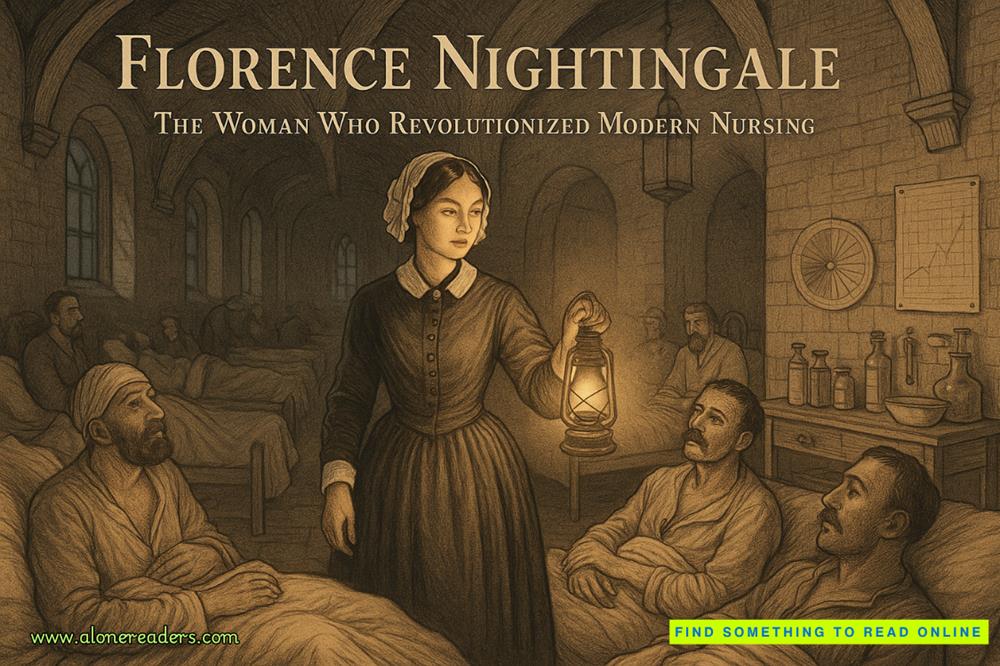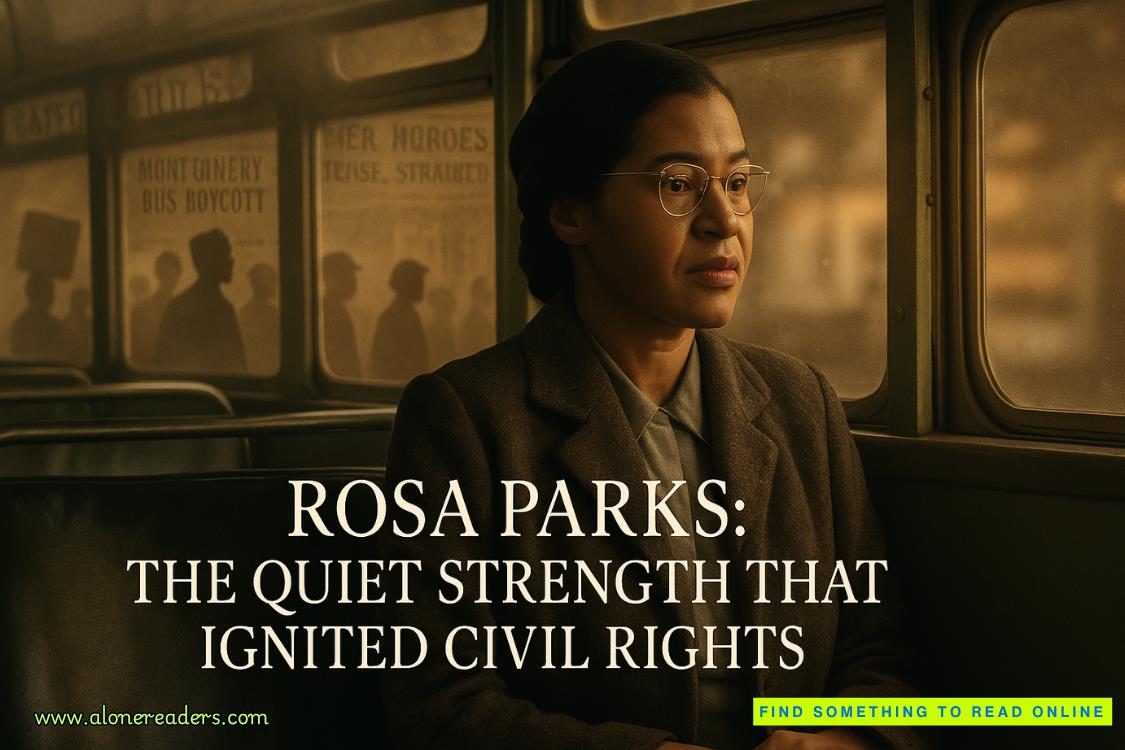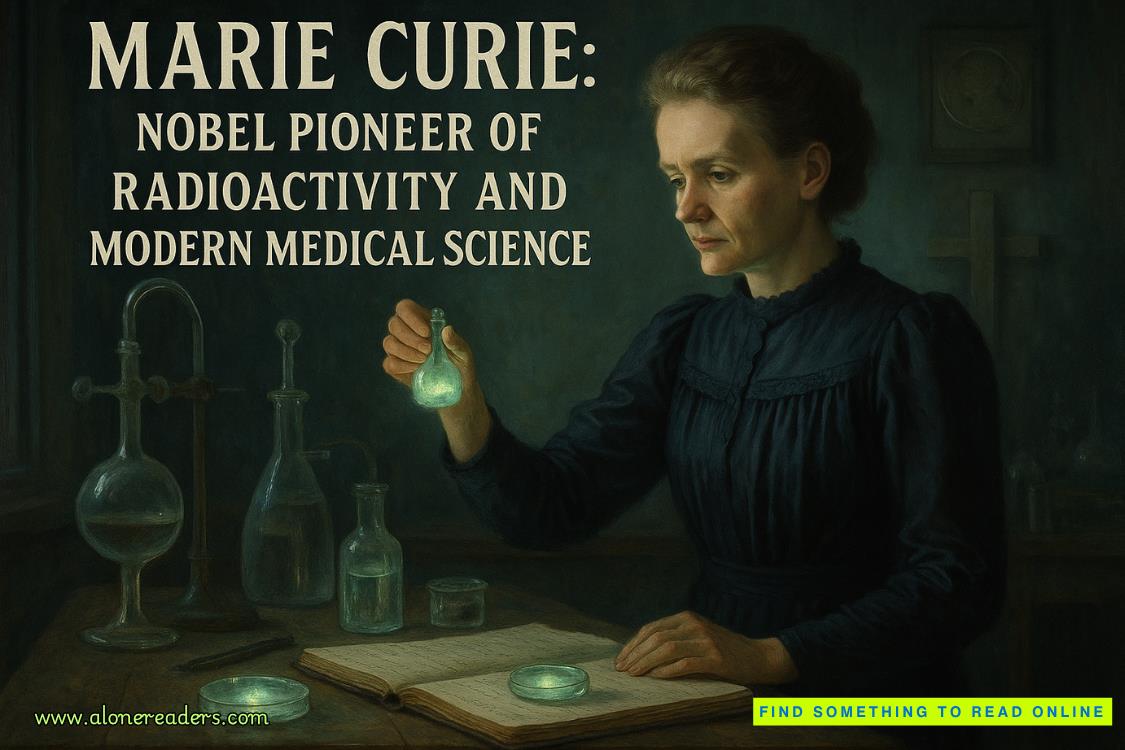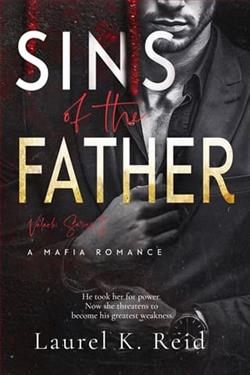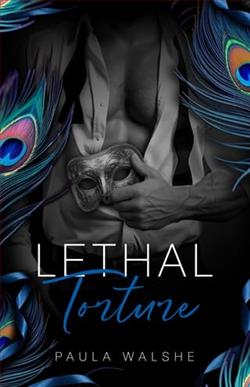Page 111 of Home Before Dark
“Create in me a clean heart, and renew within me an upright spirit.”
Together, the three of us left for Baneberry Hall, strolling up the twisting, wooded drive in relative silence. Elsa spoke only when the roof of the house popped into view.
“Your daughter is still seeing things, yes?”
“She is,” I replied. “Her doctor says she has a very active imagination.”
“If only that were true.”
I looked to Elsa, surprised. “You think Maggie’s lying?”
“On the contrary. I think she can see things most of us aren’t able to.”
Ghosts.
That’s what Elsa was talking about. That Maggie was seeing ghosts. I already knew that. What I didn’t know—and what I had failed to learn from Marta Carver—was if I needed to be worried. As we reached the house, it was clear I had talked to the wrong person. I should have gone to Elsa Ditmer all along.
“Do you think my daughter’s in danger?”
Elsa gave a solemn nod toward Baneberry Hall. “In this house, all daughters are in danger.”
I thought about the articles I’d found at the library. “You know its history, then?”
“I do,” Elsa said. “My mother worked here. As did her mother. We’re well-acquainted with the tragedies that have taken place inside these walls.”
“What should I do?”
“You want my honest opinion?”
“Yes.”
“I would leave as quickly as you’re able,” Elsa said. “Until then, watch your daughter closely. And be as careful as possible.”
Rather than go inside, Elsa suggested that she and Maggie play in the backyard. After what I’d just been told, I thought it was a great idea. Part of me wanted to forbid Maggie from ever entering that house again, even though I knew that was impossible.
While they played, I went to the study and sat at my desk, sorting through the articles I’d photocopied at the library. Not just the ones about the deaths of Indigo Garson and Katie Carver, but all the others, too. Those unnerving incidents no one had bothered to tell us about.
The accident in 1926 happened when a car curving its way down the hillside suddenly veered off the driveway into the woods. The driver claimed a white blur had streaked in front of the car, forcing him to swerve to miss it. The car hit a tree, killing the passenger—William Garson’s fourteen-year-old granddaughter.
The man behind the wheel was her father.
In 1941, the person who drowned in the bathtub was the daughter of the Hollywood producer who had bought the place from the Garson family.
She was four, far too young to be in a bathtub on her own.
Which is why her father had been there with her.
He told police he had, for no ascertainable reason, suddenly blacked out. He woke up to the sight of his daughter’s lifeless body floating in the tub. The police had considered pressing charges, but there hadn’t been enough evidence.
Then two deaths in two years, after Baneberry Hall became a bed-and-breakfast. One guest, a fifteen-year-old, inexplicably climbed out a second-floor window and fell to her death. Another—a thirteen-year-old girl—was found dead in her bed, the victim of an unknown heart condition.
Both girls had been staying with their fathers.
The death in 1974 was another apparent accident. The victim, the only daughter of the family who bought the house after its bed-and-breakfast days had ended, tumbled down the main staircase.
She was five.
The same age as Maggie.
